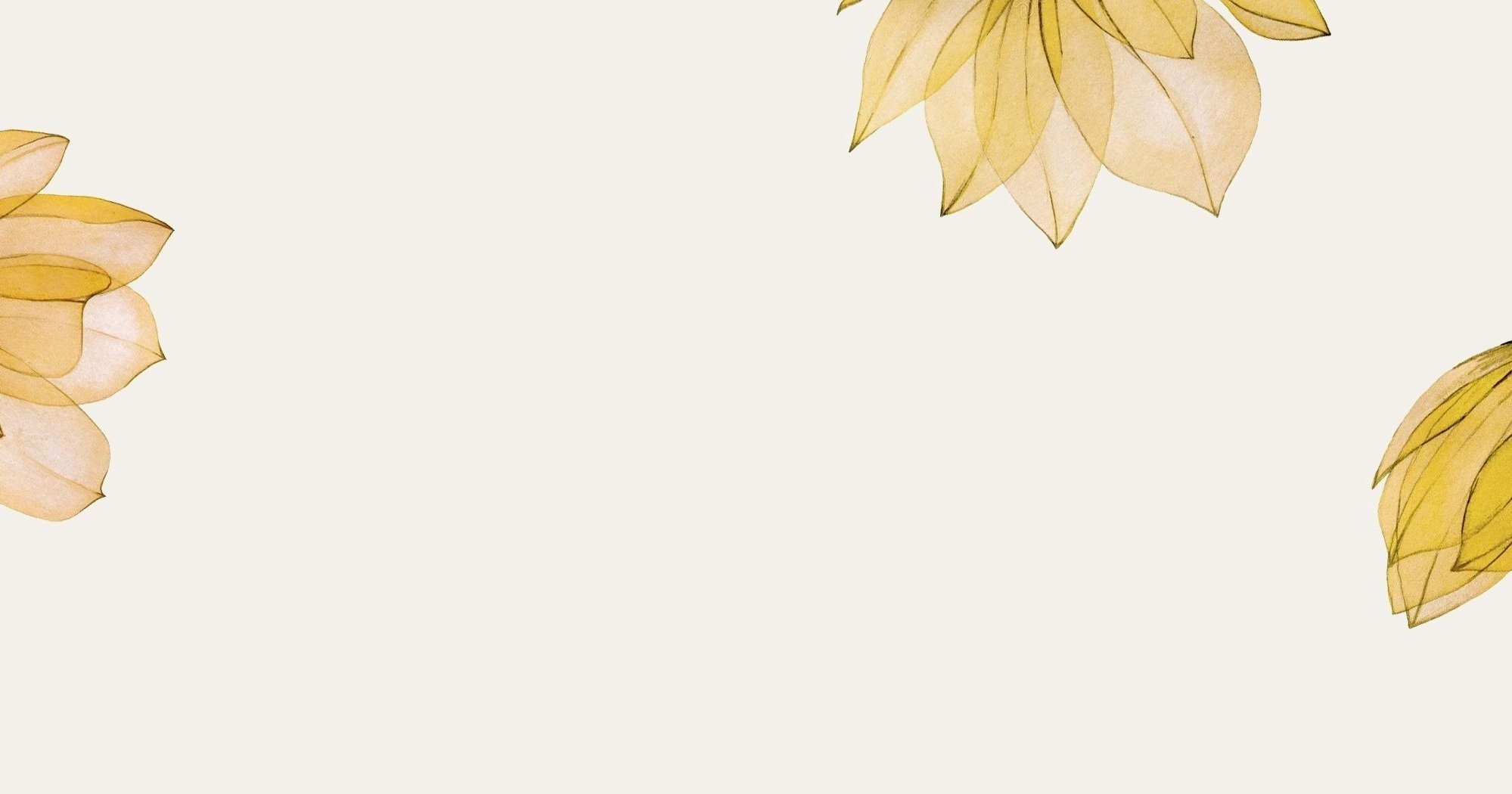
Get Free Chapters from Touching Two Worlds
Grief reshapes our world, and navigating its complexities requires more than just time—it calls for understanding, movement, and moments of lightness.
In Touching Two Worlds, Dr. Sherry Walling blends personal experience with professional insight to offer a new perspective on loss and healing.
Subscribe now and start reading.
